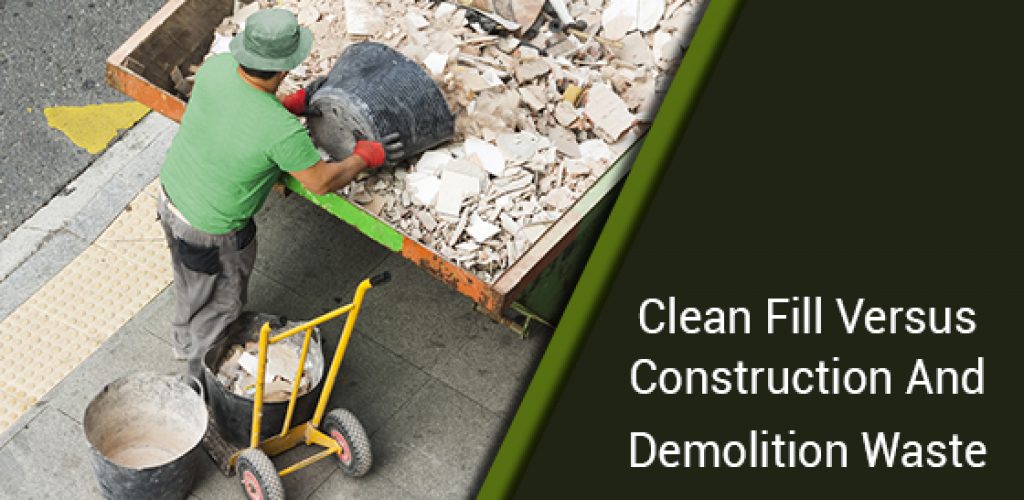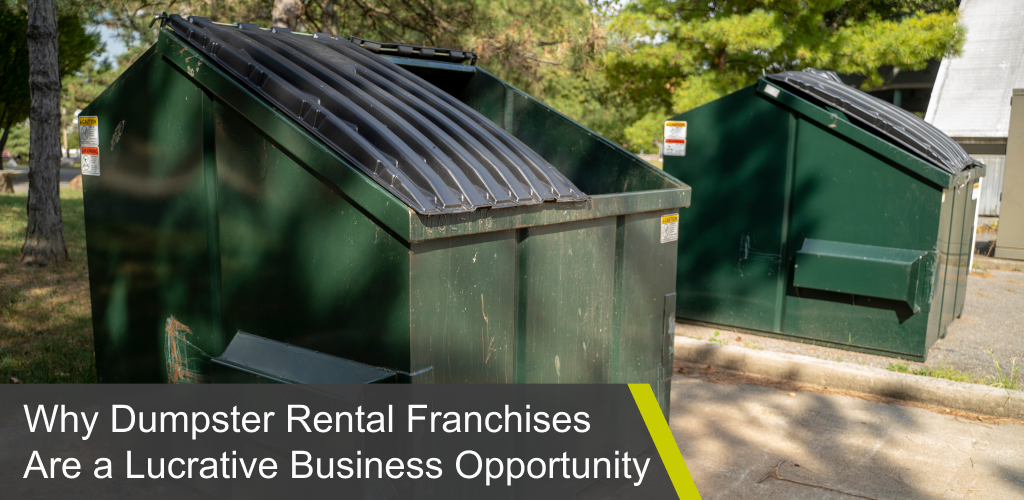What Is The Difference Between Clean Fill And Non-Clean Fill?

One of the most important considerations when renting waste disposal bins for your project is identifying how the different types of waste will be disposed. The manner in which each material is handled after it leaves the site significantly affects the cost of waste disposal. This is why it is important to know which materials will be placed in each bin before approaching a waste disposal company. Construction waste breaks down into two key categories.
- Clean Fill
Clean fill refers to construction waste materials that can be reused or recycled in other construction projects. The term “clean” implies that the material is eco-friendly and free of any toxic substances that may adversely affect the health of humans and animals, or contaminate the environment where they’re disposed. Clean fill also:- Has not been mixed with any waste
- Has not been subject to any known spill of petroleum products or release of chemical contaminants, including reactive, radioactive, combustible, corrosive, and zootoxic materials
- Has not been treated to remediate any contamination
Construction materials accepted for clean fill disposal include:
- Top soil
- Dirt
- Brick
- Gravel
- Rubble
- Sand
- Cement
- Concrete
Contractors typically use clean fill to fill in holes, level uneven areas, change the elevation of a certain area, or improve drainage on a property. Waste disposal companies typically charge lower fees for unmixed materials. Also keep in mind that some materials, such as asphalt, are only recyclable if they are uncontaminated.
- Non-Clean Fill
Non-clean fill refers to construction and demolition waste that is insoluble in water and of a nonhazardous nature, but cannot be used or recycled in subsequent construction projects. Non-clean fill materials may include:- Plastics
- Glass
- Metals
- Cardboard
- Contaminated soil
- Fiberglass
- Hazardous household waste – appliances, electronics, etc.
Final Note
Waste disposal companies usually collect huge amounts of clean fill from construction and renovation sites and trade it to other construction or job sites that need those materials. This environmentally responsible process promotes the proper use of waste so it does not end up in landfills. Contractors can promote such initiatives by ensuring good construction site management with correct disposal of the many different waste materials at the site.













